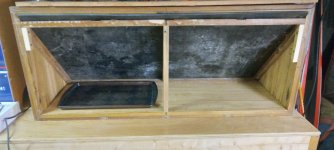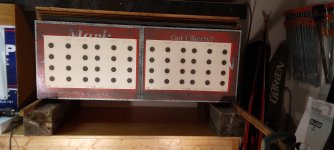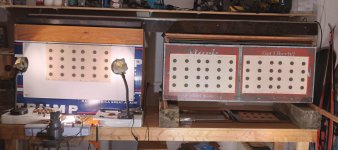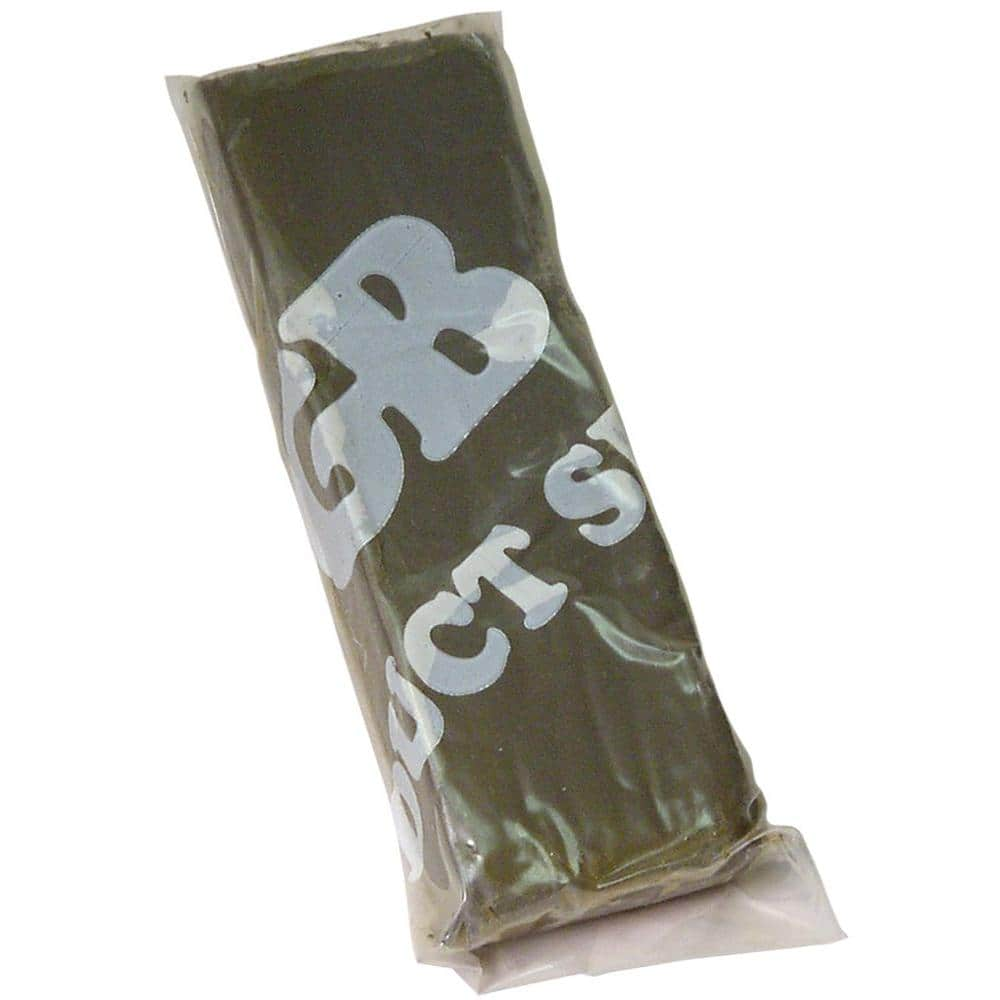Industrial conveyor belt material, for mining, wood chip power plants, firewood processing, etc.
I came across this at a swap shop. Looked it up, and is very expensive, not sure a minimum can be purchased.
Thinking it is north of $30 per square foot.
However , it is the best material that I have used so far, for indoor 10 meter. 8.4 grain at 540 fps.
Have 10,000 shots on the left one, and when cleaning , there is "not any sign at all" of rubber damage
at the continuous firing at the same spot. I cleaned the impact spot off with an alcohol wipe, and
absolutely no way of telling that I was even firing at that spot. Amazing.
The pellet hits and does not fragment at all , the wad cutter/flat nose pellet I use gets perfectly rounded
and drops to the bottom.
The first unit worked so well, now I have 2. with 3 positions of fire. Standing and ben


chrest, prone, or kneeling to.

At first , I was smearing a thick layer of grease on the cookie sheet pan, but after it gets a layer of pellets, it totally quiets down, and zero bounce around, was thinking at first again, a very soft foam sponge like material layer?, bubble wrap? Or another method, approx 1 inch of small aquarium stone, (have this already), will stop the internal bouncing. The bounce is not a deal breaker, just a little noisy for the first 1000 rounds.
The right new one was an old homemade linen chest, that was going in the dumpster at the dump.
To original poster, this material is silent when pellet has impact. I can get the manufacture name and product #.




